Clouds may not be a welcome sight on a summer day, but a cloud-based community pool access system provides secure and convenient access to your favorite past-time.
With these systems, community managers control who has access to the pool, when they can enter and leave, and what activities they are allowed to do while at the pool, all via mobile credentials and QR code scanning.
Cloud technology makes it easy for users to manage resident or tenant access from any device with an internet connection, allowing them more flexibility than ever before.
In this article, we’ll tell you everything you need to know about cloud-based access systems for community pools, including:
- Enhancing Security with Access Control
- How Mobile Credentials Revolutionize Access
- Simplifying Access with QR Code Scanning
- Leveraging Cloud-Based Platforms for Control
- Managing Levels of Access
- Controlling Access for Short-term Rental Guests
- Reporting and Analytics: Monitoring Entry
- Best Practices for Implementation
- Future Trends
- Conclusion
Let’s dive into the world of cloud-based community pool access systems!
Enhancing Security with Community Pool Access Control Systems
Security is a priority for any community or resort pool. With community pool access control systems, you have multiple levels of authentication to ensure that only authorized guests, residents, and tenants have access, such as mobile credentials, PIN code entry, key fob scanning, digital ePasses and biometric identification, which includes fingerprint or facial recognition.

By controlling who has access to the pool area and when they can enter, these systems help reduce the possibility of unauthorized access, vandalism or other criminal activities. Additionally, they provide peace of mind to members knowing that their belongings are safe while they enjoy the water.
How Mobile Credentials Have Revolutionized Community Pool Access Systems
Mobile credentials are a secure, convenient way to control access to your pool. These credentials are issued and managed from any computer with an internet connection, allowing users the flexibility to issue and revoke credentials without every having to meet in-person. Mobile credentials also offer a greater level of security than traditional key cards and fobs since they are easily revoked if lost or stolen, and user’s are a lost less likely to let unauthorized people barrow thier iPhone to access your pool and amenities than they are a plastic fob.
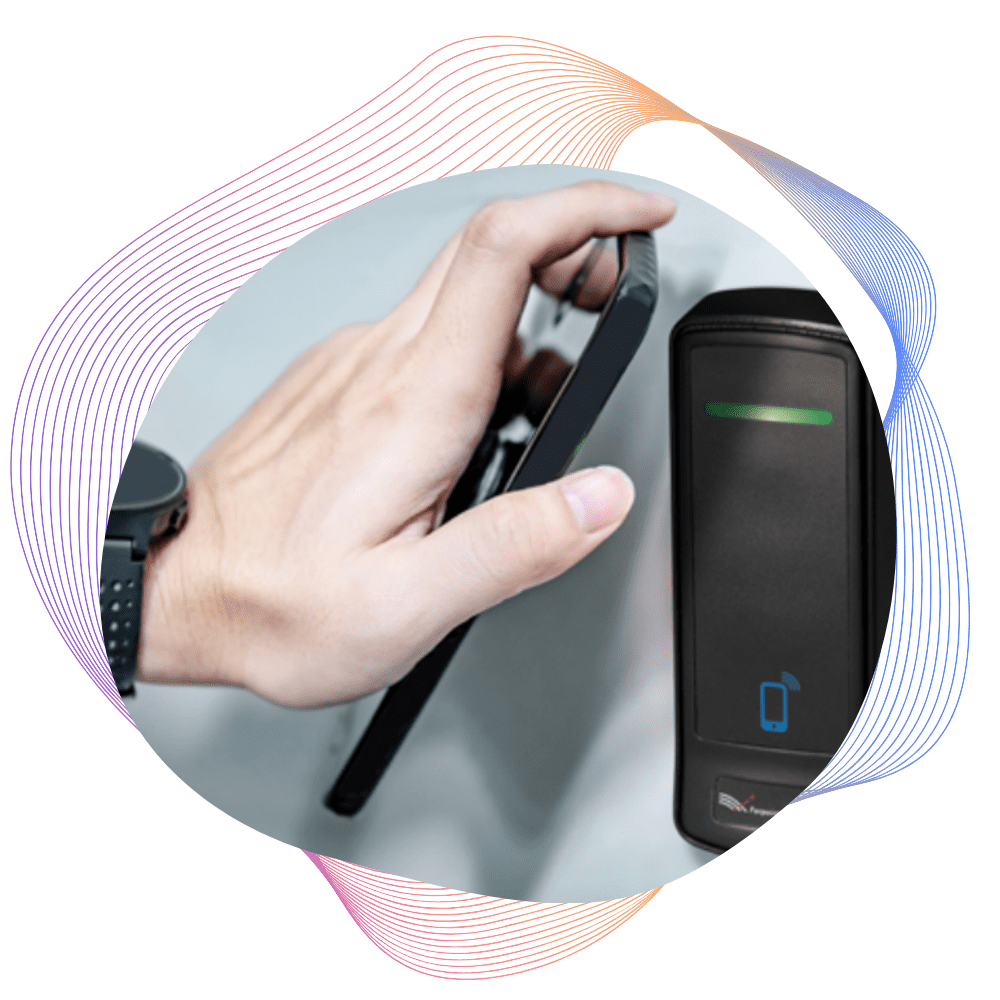
NFC-enabled mobile credentials allow users to access the pool with a simple tap of their smartphone. This eliminates the need for bulky key cards and streamlines the process for both members and staff. It also ensures that only authorized individuals enter, as each credential is unique and linked to an individual’s account.
Enhanced security measures for mobile credentials are achieved through the utilization of unique device-specific information. This ensures that the credentials cannot be duplicated, transferred, or shared, thereby guaranteeing that they remain in possession of the intended recipient for whom they were originally issued.
Simplifying Community Pool Access for Visitors with Guest QR Code Scanning
QR code scanning is another great feature that makes it easy for members and guests to gain entry into the pool. With this technology, users simply scan a QR code at the entrance of the pool to unlock access – no more searching for cards or keys!
Administrators have the ability to set specific time restrictions for passes, such as preventing ePasses from being used before 8am or after 10pm. If an ePass is used outside of these designated hours, it will be denied access, thereby reinforcing the system’s security measures.
Here’s what a QR code kiosk might look like at your community pool:
You’ll notice that the kiosk simply says “Scan Here” above the QR code, making it incredibly simple to set up and use. Additionally, the kiosk requires no one to be present for users to gain access.
This feature is incredibly helpful for community pools that don’t have staff members always on hand, as it allows visitors to come and go without assistance.
Some systms can even be equipped with a camera that will take a snapshot of the person scanning their pass and store that for reporting and forensics.
Leveraging Cloud-Based Platforms for Community Pool Access Control
Cloud-based access systems allow users to securely store and manage their pool access credentials in one central location, eliminating the need for multiple physical keys or cards.
Credentials are managed using a web-based platform, allowing administrators to grant or deny access as needed while giving users the ability to view their privileges in real-time.

This type of control is invaluable when it comes to managing community pool access since it allows administrators to quickly and easily update rules, regulations, and permissions from any device with an internet connection.
Managing Access Levels for Community Pools with Access Control Systems
Access control systems are the front lines when it comes to setting levels of defense. By using a combination of hardware and software, these systems allow pool operators to restrict who enters the facility and which areas they go in.
These systems typically include card readers that users must scan their credentials at for entry, as well as door locks and other security measures for additional protection.
Access control also enables administrators to set different access levels for members and guests, ensuring that only those with permission may enter certain areas or use specific amenities.
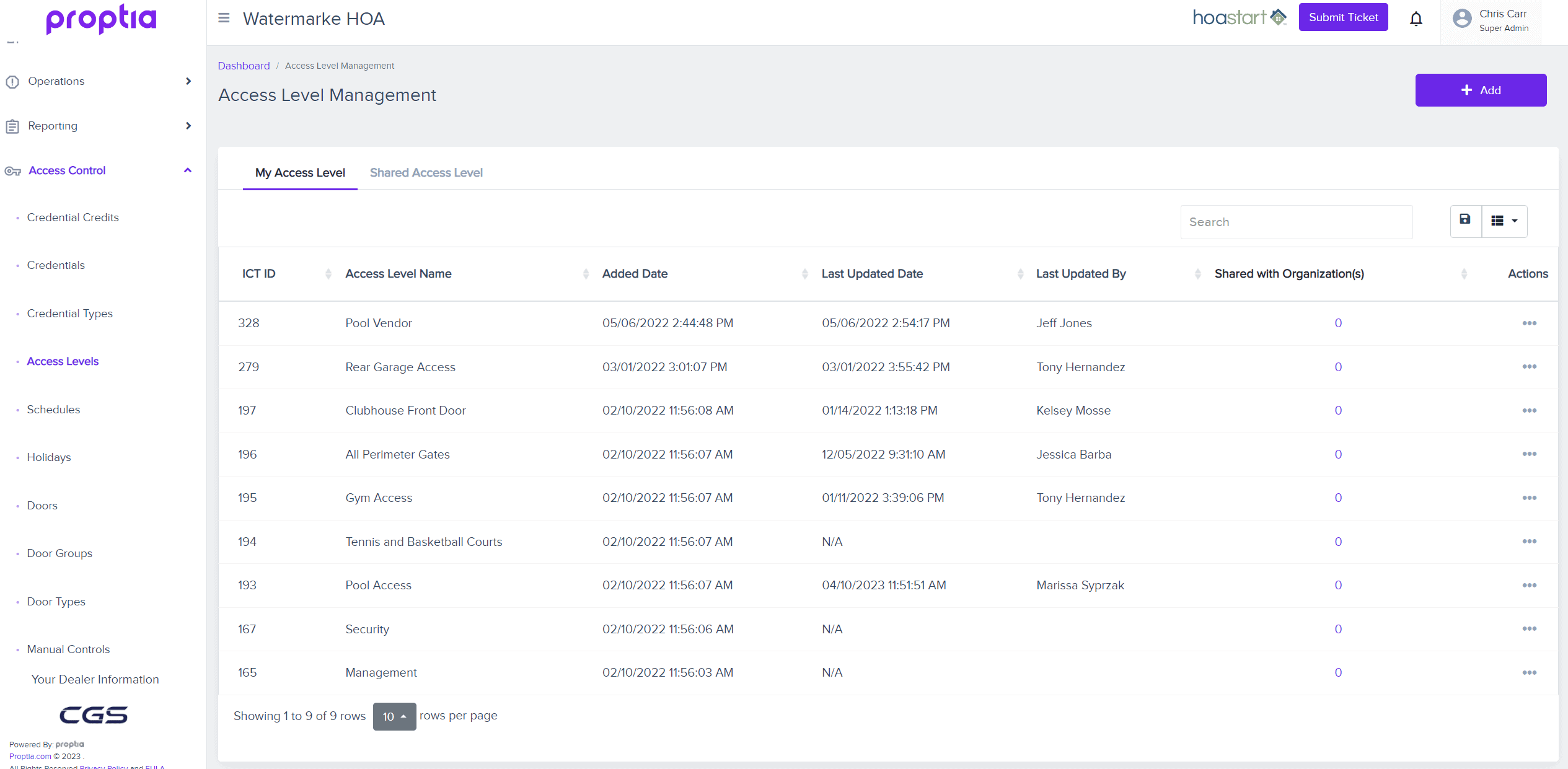
For instance, lifeguards may be able to access all parts of the facility, while visitors are only allowed in the pool area. Access control systems also allow administrators to set specific time and date restrictions, blocking users from entering during off hours or when there is no one else present.
Using a Community Pool Access System to Control Access for Rental, Airbnb, or VRBO Guests Inside Your Community
Homeowners in a gated community with a pool need to be aware of who exactly has access to their pool and prevent unknown or unauthorized people from entering the area. A cloud-based access system helps by providing homeowners with an easy way to keep track of who has access and when they are allowed entry.
By using mobile credentials or QR code scanning, homeowners provide their guests with temporary pool access – eliminating the need for physical keys or cards that could potentially get lost or stolen.
The homeowner also has complete control over how much time each user’s access is valid for, so they make sure that their guests enjoy the pool without overstaying their welcome. Residents or management can make sure that the passes work for the length of the guest’s stay and only during pool hour
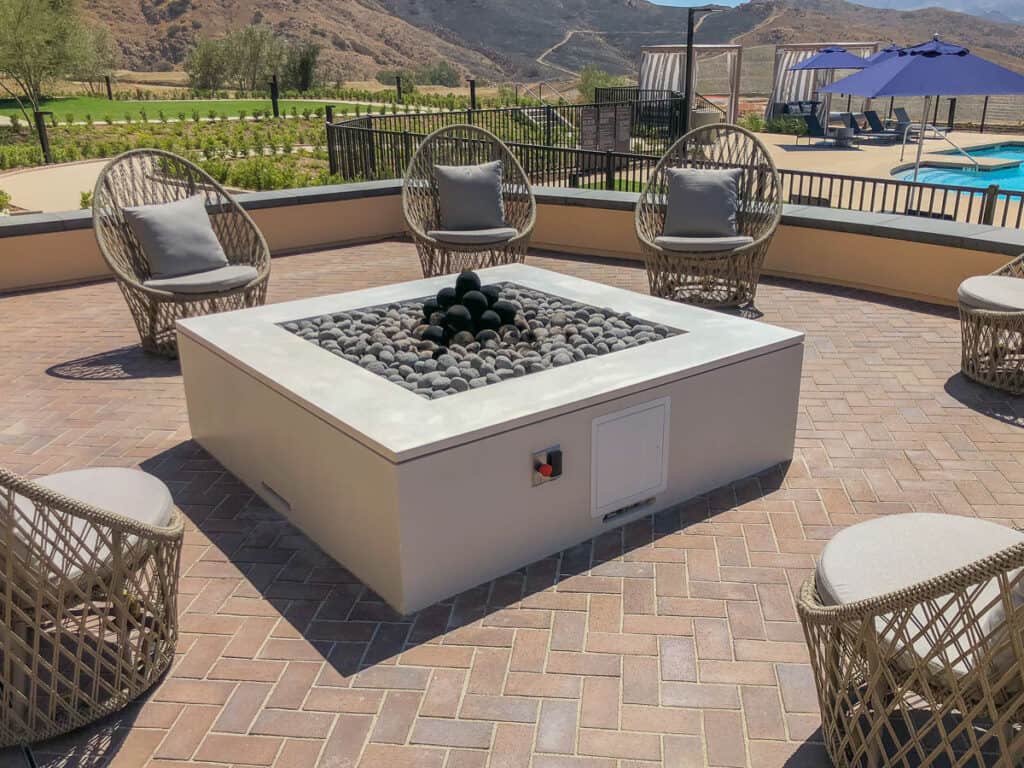
Furthermore, many communities have taken additional measures to control access to amenities such as BBQs, fire pits, and jacuzzis. This ensures that only authorized individuals are able to use these facilities, thereby showcasing how access control serves as a practical tool for managing community property, in addition to controlling physical access through gates and doors.
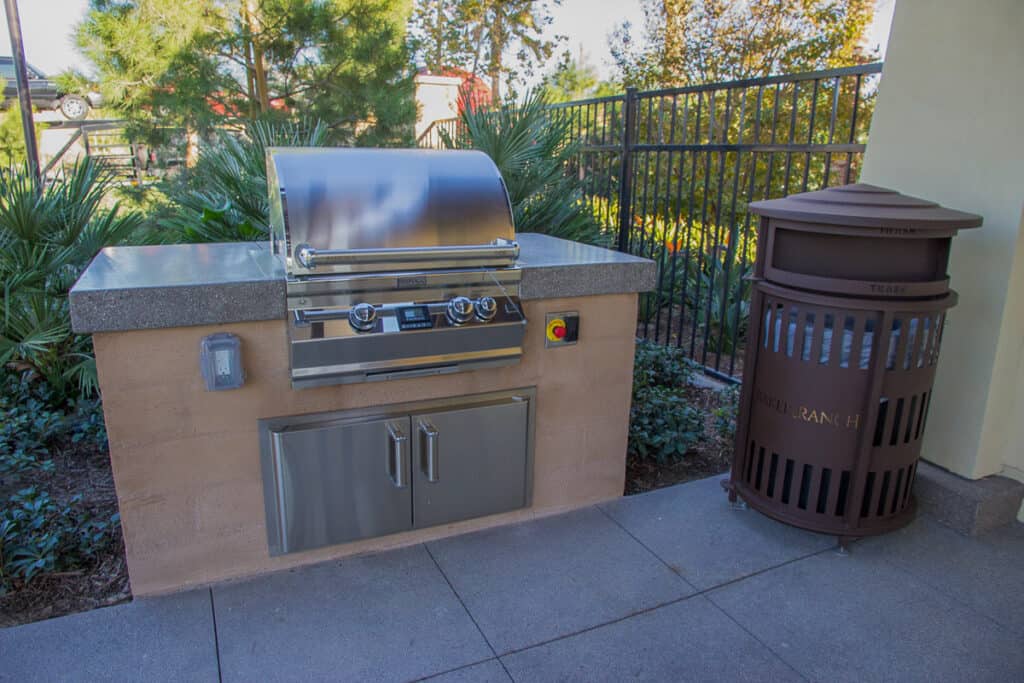
These systems also offer reporting and analytics capabilities that let management track who has accessed the community pool and when. This information is used to monitor entry trends — such as how many people come in on any given day — or identify suspicious activity if there’s ever a security breach.
Reporting and Analytics: Monitoring Community Pool Entry Transactions Through Access Systems
Cloud-based access systems enable administrators to keep track of who enters and exits the pool, when they do it, and what activities they are allowed to do while in the pool. For example, if a child is not authorized to enter the deep end because of their age or skill level, then this information is captured through access control systems.
This data is used for reporting and analytics purposes as well. Pool owners review patterns of usage over time, such as peak hours, or compare different user groups, such as adults vs. children. This data allows them to make more informed decisions about safety, staffing, and other operational matters.
Best Practices for Implementing a Community Pool Access System
As exciting as cloud-based community pool access systems are, it’s important to think through the decision thoroughly. Here are a few things to consider:
Which Technology Do You Want to Use?
The first step when implementing a cloud-based access system for your pool is to choose the right type of technology. There are several different types of access systems, including mobile credentials, QR code scanning, and key fobs. Each has its own set of benefits and drawbacks that should be carefully evaluated before making a decision.
Additionally, you’ll want to make sure that your chosen system integrates easily with existing hardware and software so it is quickly implemented without any disruption or downtime in operations.
How Will Users Access Your Pool?
Once you’ve selected the best type of system for your needs, you should then think about how users will access the pool. You’ll need to decide whether users will be able to access the pool with a single credential or if they’ll need multiple credentials for different entry points. If you choose to use multiple credentials, ensure each user has an individualized set of credentials so their access is easily tracked and monitored.
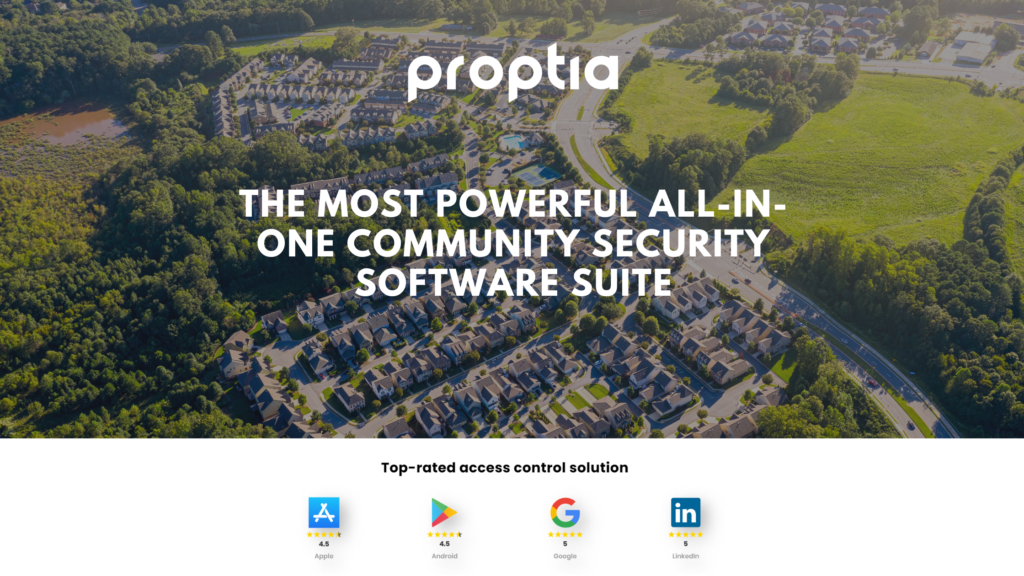
Who Will Have Access to Your Pool?
In addition to considering how users will gain entry into the pool, you should also think about who will have access in the first place. Who are your members? What type of security processes do they need to go through before being granted permission? Are there any age restrictions on who is allowed inside?
These are all key questions to ask yourself before implementing a cloud-based community pool access system, as they will ensure that your members are safe and secure while enjoying their time in the pool.
Future Trends in Community Pool Access Control Systems
The use of cloud-based access control systems is becoming increasingly popular in the community pools and amenities. As more and more pools adopt these technologies, they realize greater security, convenience, and cost savings.
In the future, we expect to see an even greater shift towards cloud-based access systems for community pools and amenities. This will be driven by advancements in mobile credentials technology as well as growing demand from rental guests who want fast and secure access without having to carry around physical keys or cards.
The use of blockchain technology to manage access control is another emerging trend we’re likely to see soon. This would allow users to securely store, transfer, and monitor all access transactions on a distributed ledger. This would further enhance security while also providing more transparency into usage patterns and visitor behavior.
AI-driven analytics tools that provide better insights into who’s coming and going at a pool will also become commonplace in the industry. This will enable pool owners to better understand usage patterns and take proactive steps to optimize their resources accordingly.
Finally, we expect to see greater integration between access control systems and other IoT devices in the pool area. For example, door locks may be integrated with cameras that stream footage directly to a mobile device or cloud platform for easy monitoring.
Getting on top of these trends will be essential for community pools that want to stay ahead of the game.
Conclusion: Enhancing Community Pool Access with Modern Technology
Cloud-based community pool access systems are revolutionizing the way property managers and real estate developers manage their pool acceess. By leveraging mobile credentials, QR code scanning, cloud-based platforms, and reporting/analytics tools, users ensure that only authorized individuals have access to the pool.
Furthermore, this technology allows users to control levels of access as well as manage guests’ short-term rental privileges. All in all, cloud-based community pool access systems provide a secure and convenient way for users to take back control over their property.
With the emergence of new technologies on the horizon such as facial recognition software and blockchain integration for improved security and access control, the future of cloud-based pool access systems looks even brighter.
To Learn More About Proptia’s Cloud Based Access System
Schedule a Demo

Author: Nick Saraev
Nick is a tech-savvy freelancer with a passion for coding and a knack for writing. As a programmer by trade, he knows the ins and outs of the digital world, with a particular interest in PropTech and Security Tech. When he’s not tinkering with the latest software, you can catch him scaling mountains or unleashing his creative side on a canvas. .

